Rajen Govender's
1907 Fiat
The venerable Pocher Fiat kit is a dandy introduction to the joys and challenges of largescale model building. It may not be as demanding as the other classic Pocher kits, but the Fiat bristles with details and is loaded with hefty components. For those builders interested in the evolution of Pocher kits, it offers a glimpse into the transition from more toy-like engineering to the reliance on the prototype designs for structural solutions. In any case, what the Fiat lacks in accuracy it makes up in appearance. Few models offer more shelf-appeal than a Pocher Fiat.
What most model car builders don’t know about 1907 motor racing could fill volumes, and the blame lies with those pesky camera people. Capturing the antics of race cars with 1907 camera equipment was not easy. Over a hundred years later, it is no wonder we are not as informed as we might be. Those among us who are historians may have a fair idea of some of the accomplishments of these early automobiles—the 1907 Fiat was the first car to win the French Grand Prix, the Kaiserprise, and the Targa Florio in the same year—and we may have some familiarity with their heroic drivers. The problem is that we don’t have much sense of what these cars looked like. Motion pictures were in their infancy, and color photography was several decades away. The cars in our museums are helpful, but in the case of racing cars, most are fanciful reconstructions or outright replicas.
Our Pocher friends have done a fine job of capturing the look of what we see in the photographic record, and the early days of motoring have done their part in contributing simplicity of design. In the first decade of the twentieth century, most builders were sharing parts as well as designs. But details count, and for model builders the small details count a lot. Unfortunately, these small details are seldom well captured by the blurry and grainy photographs of the day. When it comes to seeing the inner workings of these cars, the photographs seem to have let us down. And when it comes to determining what color the cars were, the photography of the day is not much help at all.
Rajen Govender of South Africa has turned these challenges into virtues with his version of the Pocher Fiat. By challenging our expectations of the color of a Fiat race car, he has assured that the viewer will be encouraged to take a closer look. Added details such as the bulb horn, drum headlights and the leather suitcase allow the model to suggest a narrative that draws in the viewer. Careful examination will reveal that the toy-like engineering of the kit has been addressed with flanges at the bottom of the firewall. Although Mr. Govender is not the first to discover that modifying the Pocher Fiat kit can be great fun, he has contributed to the evidence that the Pocher Fiat has a great deal of undeveloped potential for serious model builders.



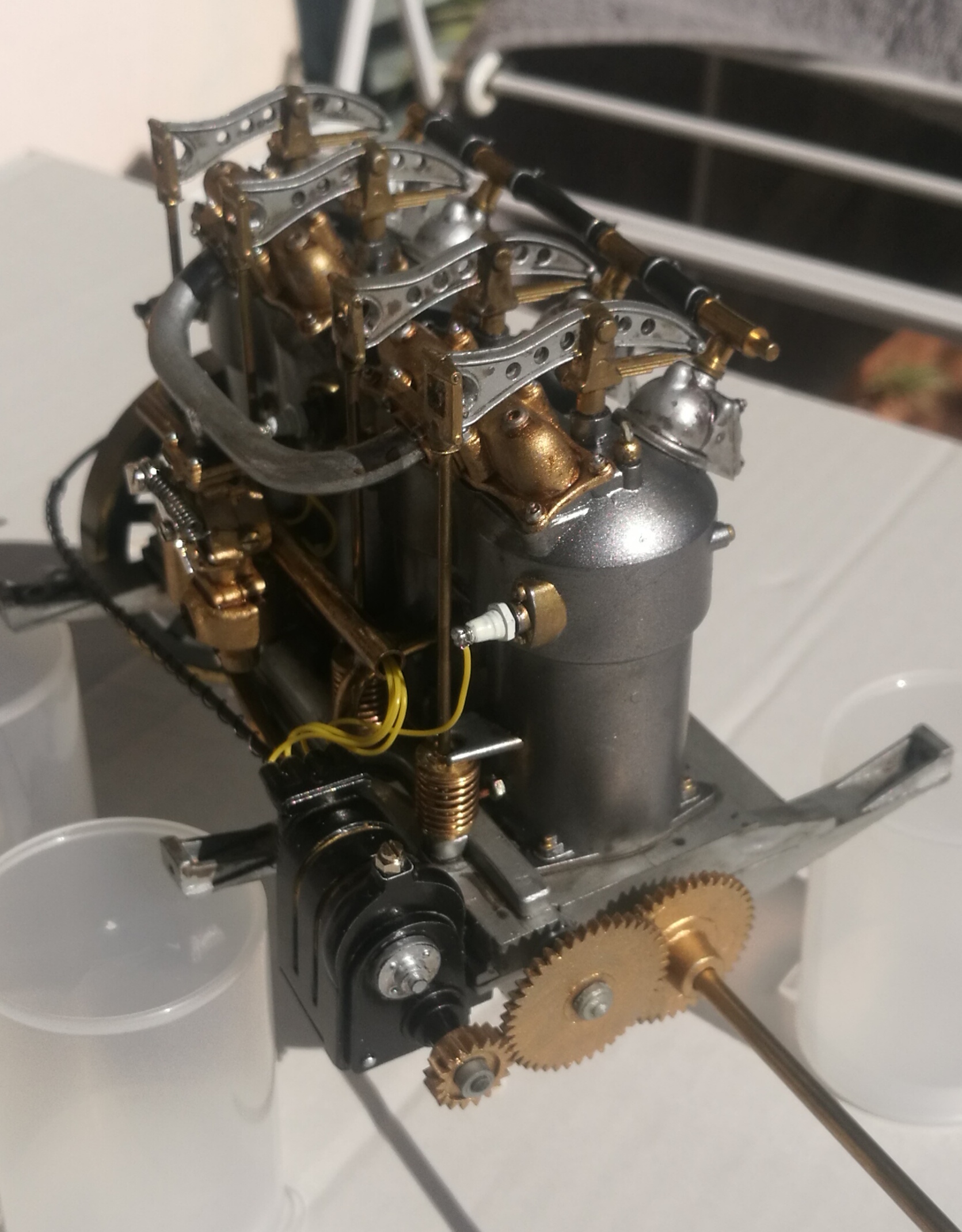












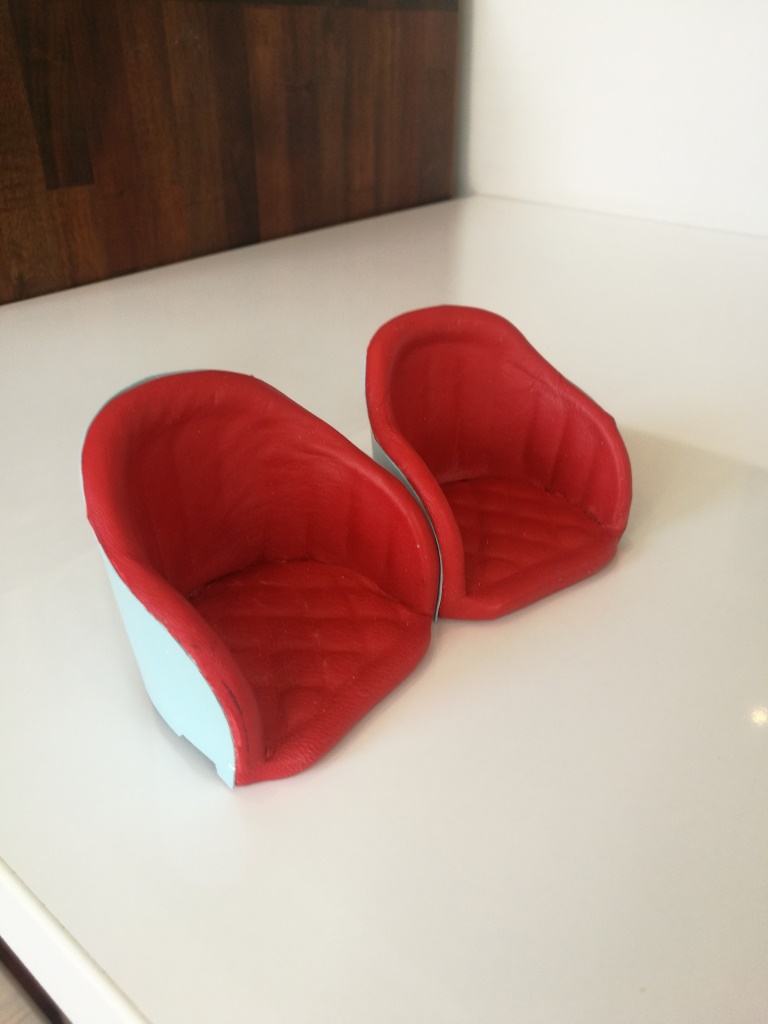


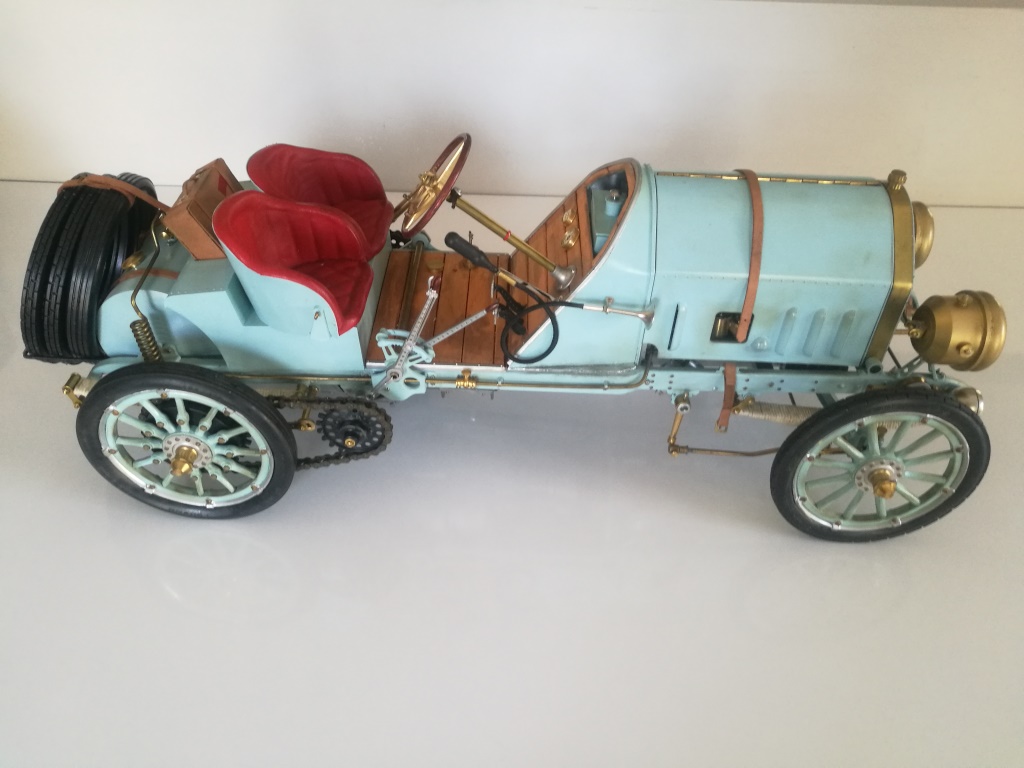











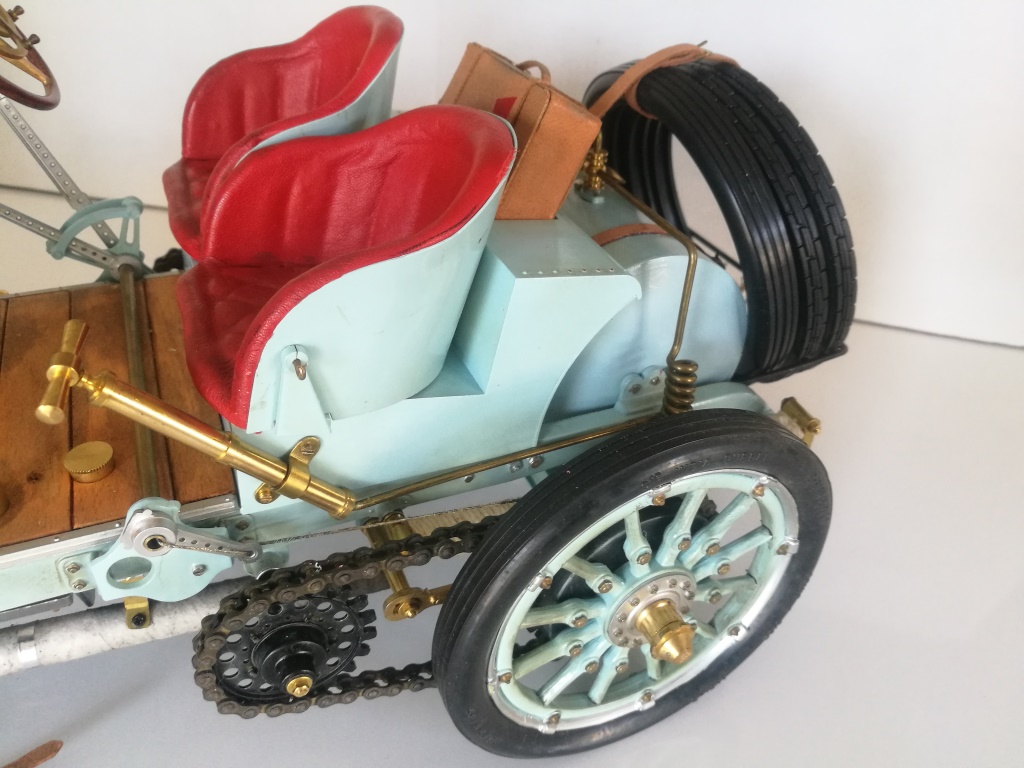








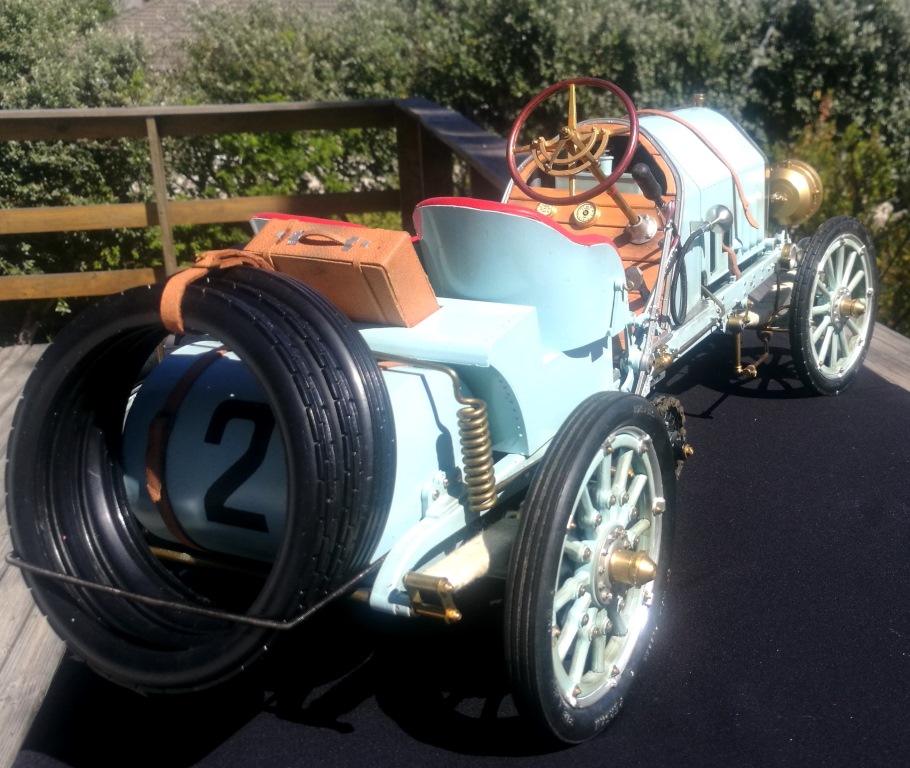

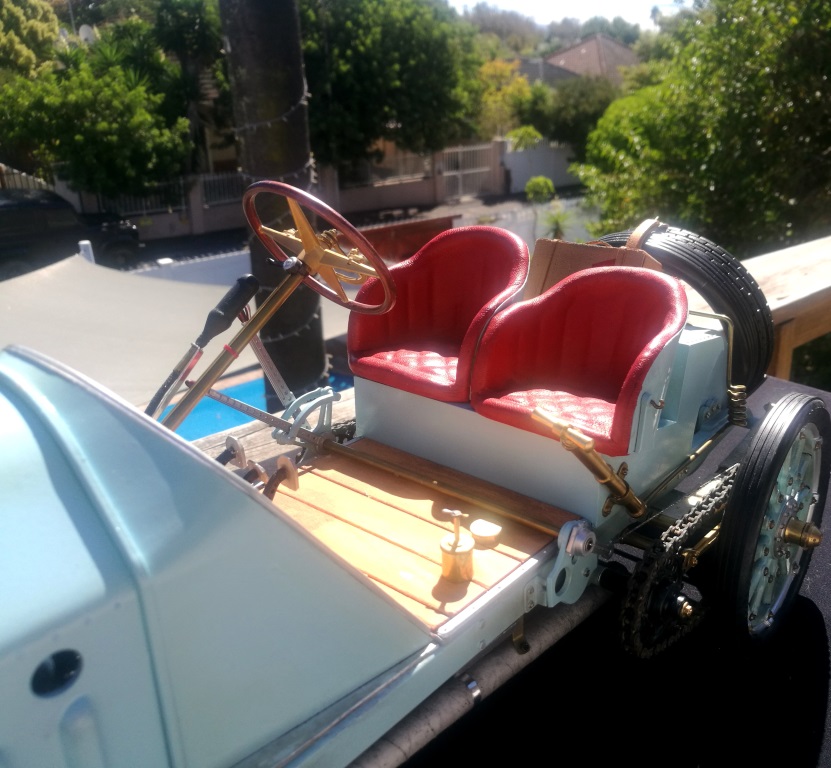







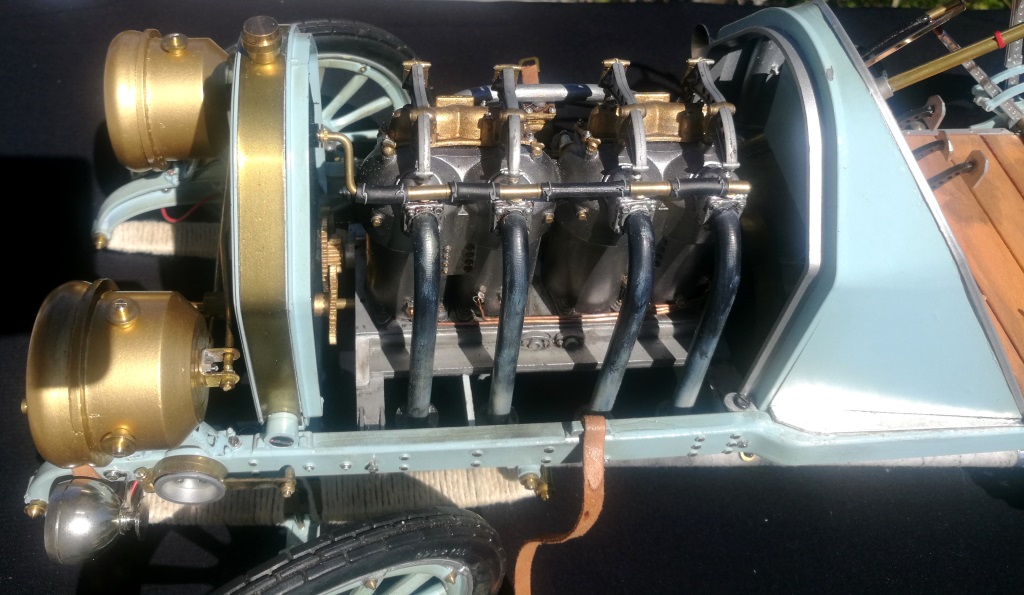


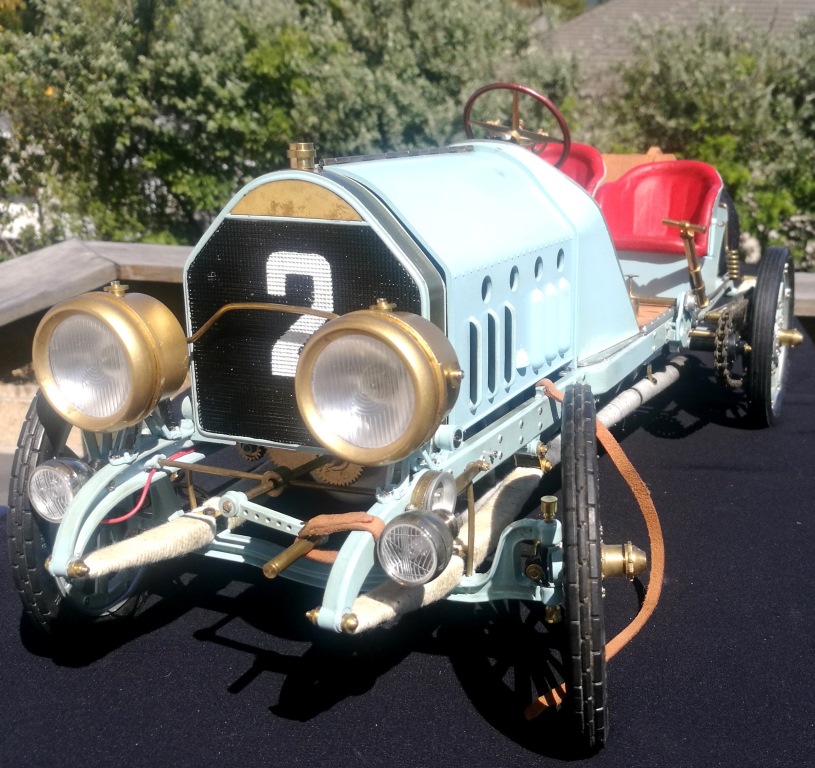
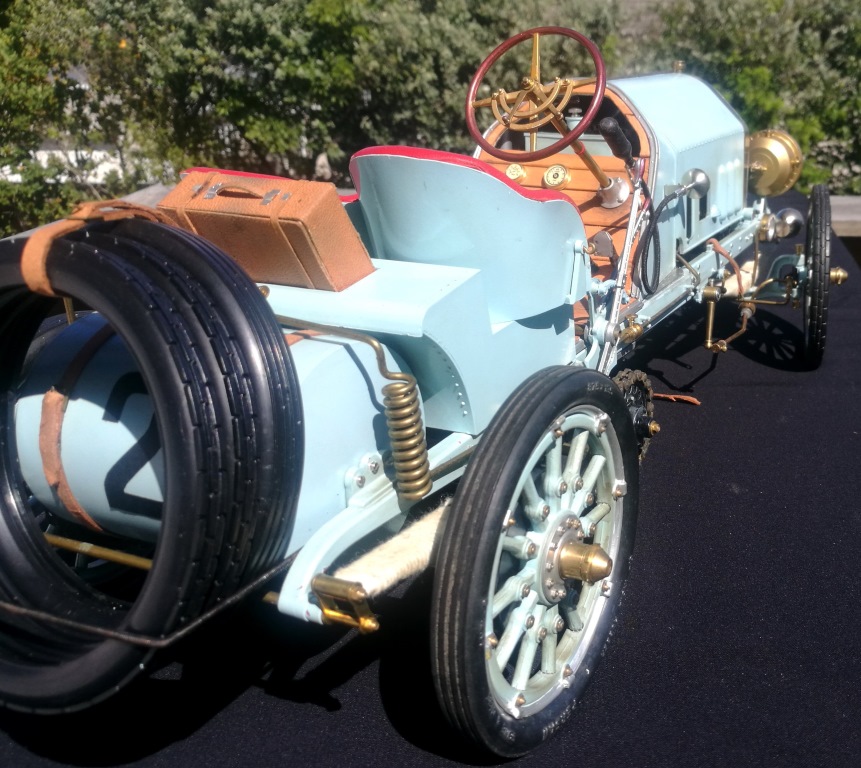





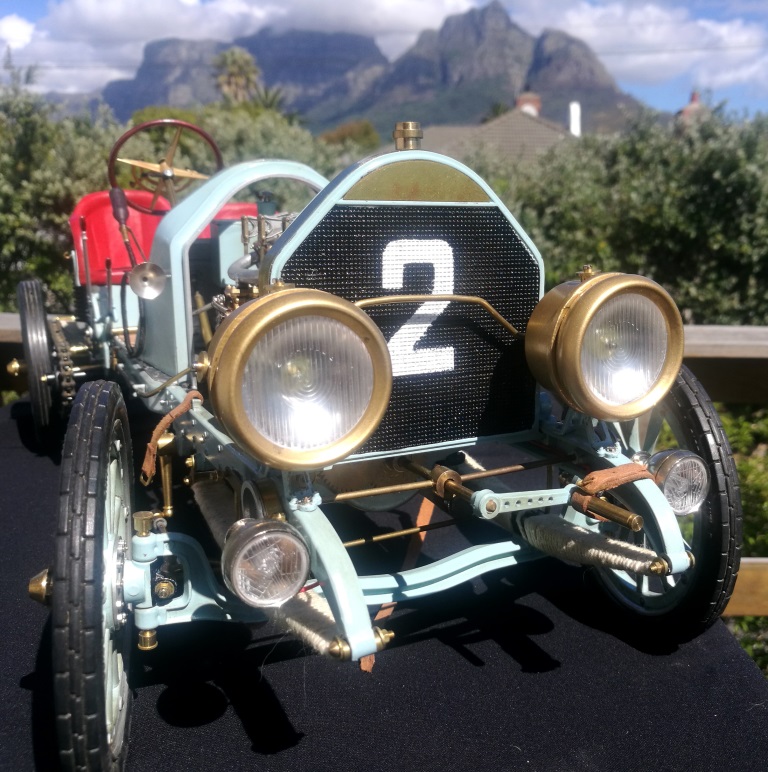
You must be logged in to post a comment.